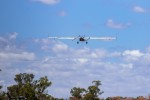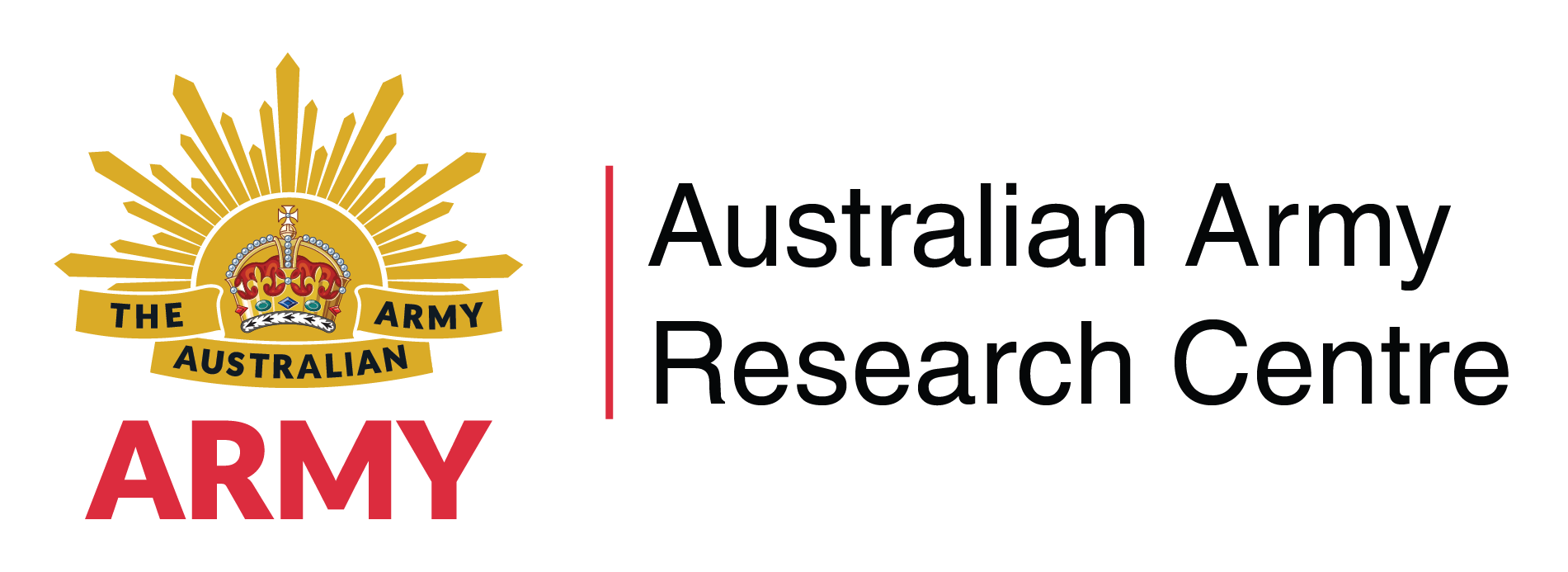Search
Using the filters to the left, click your selection, it will become bold and filter the results, click it again to remove that filter.
FOREWORD Our region is entering an increasingly challenging strategic environment. In response, it is the responsibility of all ADF members to be alert to the implications of current and emerging threats and their relevance to the military’s ability to deliver capability, where and when it is needed, in support of Australia’s national interests. As the ADF’s instrument of land power. Army needs to be willing to engage intellectually with the questions central to its contribution to the joint force, and how …
In April, the AARC launched a ‘ Short Thoughts Competition ’. The purpose was to encourage authors to communicate ideas about land power to Army’s senior leadership and a wide range of readers, and in the process help to inform and shape Army’s future, under the theme of ‘Transforming Land Power’. The number and quality of responses reflected positively on the authors’ willingness to take on the challenge of helping to shape Army’s future. Contributors ranged from current serving to retired ADF members, …
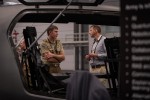
Land Power and the Future Littoral Environment The future operations for which Australian land power will be required will almost certainly fall within the Indo-Pacific region. Thus, the future of land power will be in the littoral environment. This will require an Army ready to conduct dispersed operations across a number of coastlines and islands, acting independently or in concert. Above all, this will require integration into the joint environment, working with sea and air power as part of a holistic …

Domestic security operations cannot be separated from the conduct of operations offshore. The increased reach of enemies allows them to attack targets directly in the homeland ……and involves not only protection of militarily important targets but also actions to deny the enemy the ability to strike civilian targets. [1] 23 March 2022 marked a step change in military thinking. State-on-state conflict was back in Europe. Advanced, peer competitors slugged it out in the forests and cities of Ukraine with …
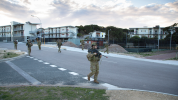
I met a representative of our future land power just last month. She served me at the checkout at my local Woolworths. Glancing at her name tag, I asked her what she had planned for the weekend. She proceeded to tell me, with immense energy, about the steps she was taking to ensure that she would be joining the Australian Army at the end of the year when she finished high school. She described in vibrant detail, with no further prompt from me, how she was going to crew Army’s next-generation armoured …
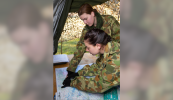
Abstract: This submission proposes modifying the Honeywell Aerospace AGT1500 gas turbine in the M1A2 Abrams MBT, and other reciprocating piston diesel engines used by the ADF, to allow them to burn Liquefied Natural Gas (LNG) as fuel in addition to diesel (dual fuel). The purpose is to secure a homogenous liquid fuel source in times of constrained supply chain circumstance, such as prolonged armed conflict. Additional dividends could be extracted by utilising the waste cold energy created during the …
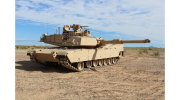
John P. Kotter , the Konosuke Matsushita Professor of Leadership, Emeritus, at the Harvard Business School, argues that successful transformation requires time to succeed, usually measured in years. Kotter emphasises that successfully transformation includes eight distinct stages, worked through in sequence. [i] The success of any given stage of transformation depends on the work done in previous stages. A critical mistake, or skipping a step, in any of the stages, can have a devastating impact. Kotter …

2022 AARC Short Thoughts Competition Australia’s strategic environment is complex, increasingly contested, and rapidly evolving. Major power competition, militarisation, disruptive technological change and new threats pose challenges to Australia’s national security. These developments test Army’s capacity to generate highly trained, disciplined and fit tactical units; preserve its capacity to operate within the joint force; while simultaneously delivering Army forces in support of the national interest …
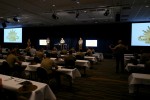
As the Australian Army contemplates the transformation of land power, one area that is worthy of focused effort is the development of a deep battle concept. [1] Currently, Army lacks a unified concept for how it intends to employ its incoming deep-ranging platforms to achieve advantage in depth. To remedy this, Army must expand its concept of land power to include methods of credibly competing in areas of the battlespace beyond the influence of its close combat formations. To create a deep battle concept, …
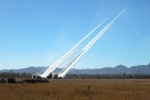
Close Air Support with Unmanned Combat Aerial Systems “ Strategy sometimes matters a lot. ” John Mearsheimer Introduction The 2020 Defence Strategic Update (DSU), the most recent articulation of Australian military strategy, describes the objectives to shape, deter and respond as the centrepiece of the Australian defence strategy. [1] The strategic situation has worsened since the DSU’s release with war in Ukraine, and increasing Chinese belligerence, increasing the requirement for a credible ability to …
